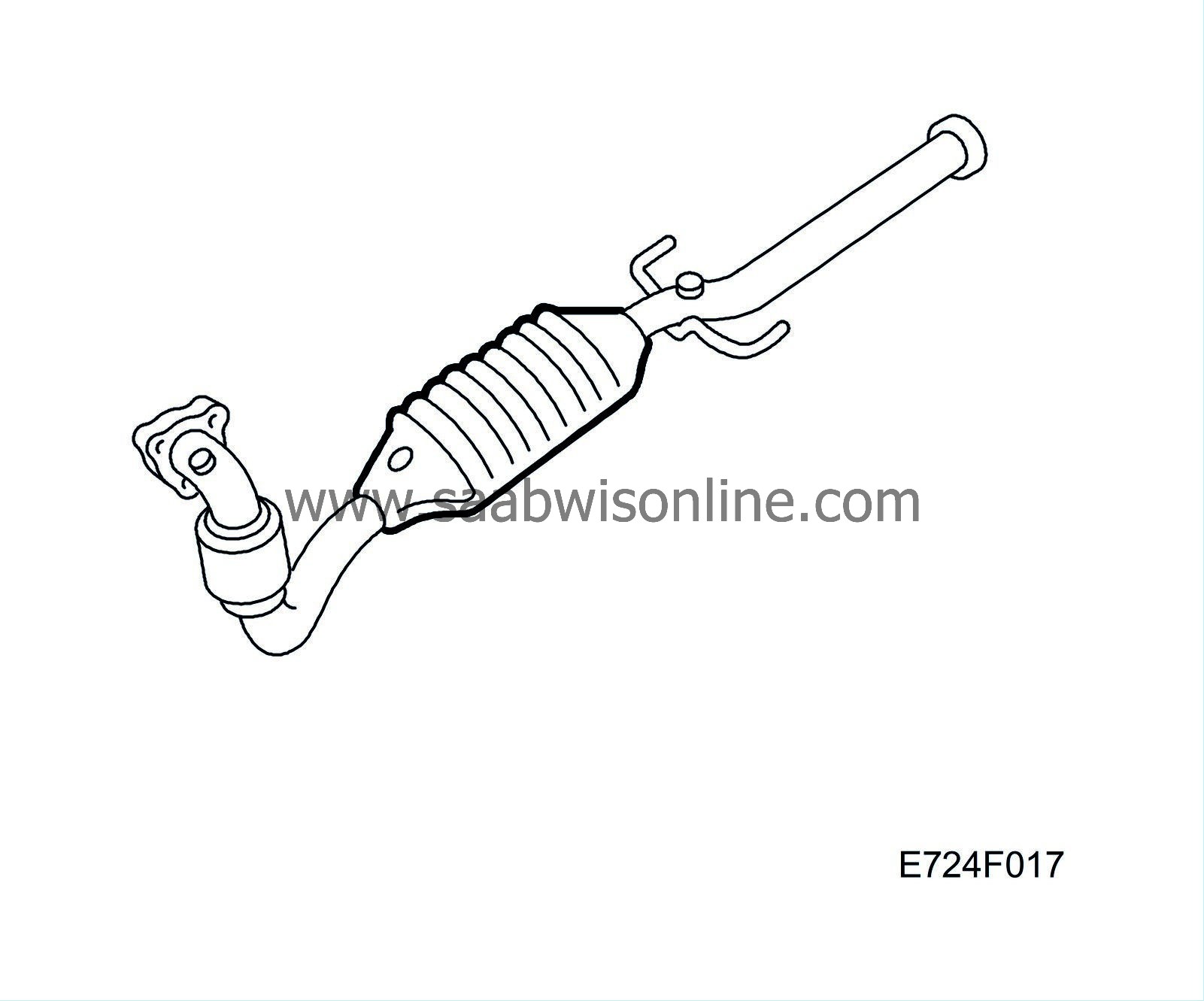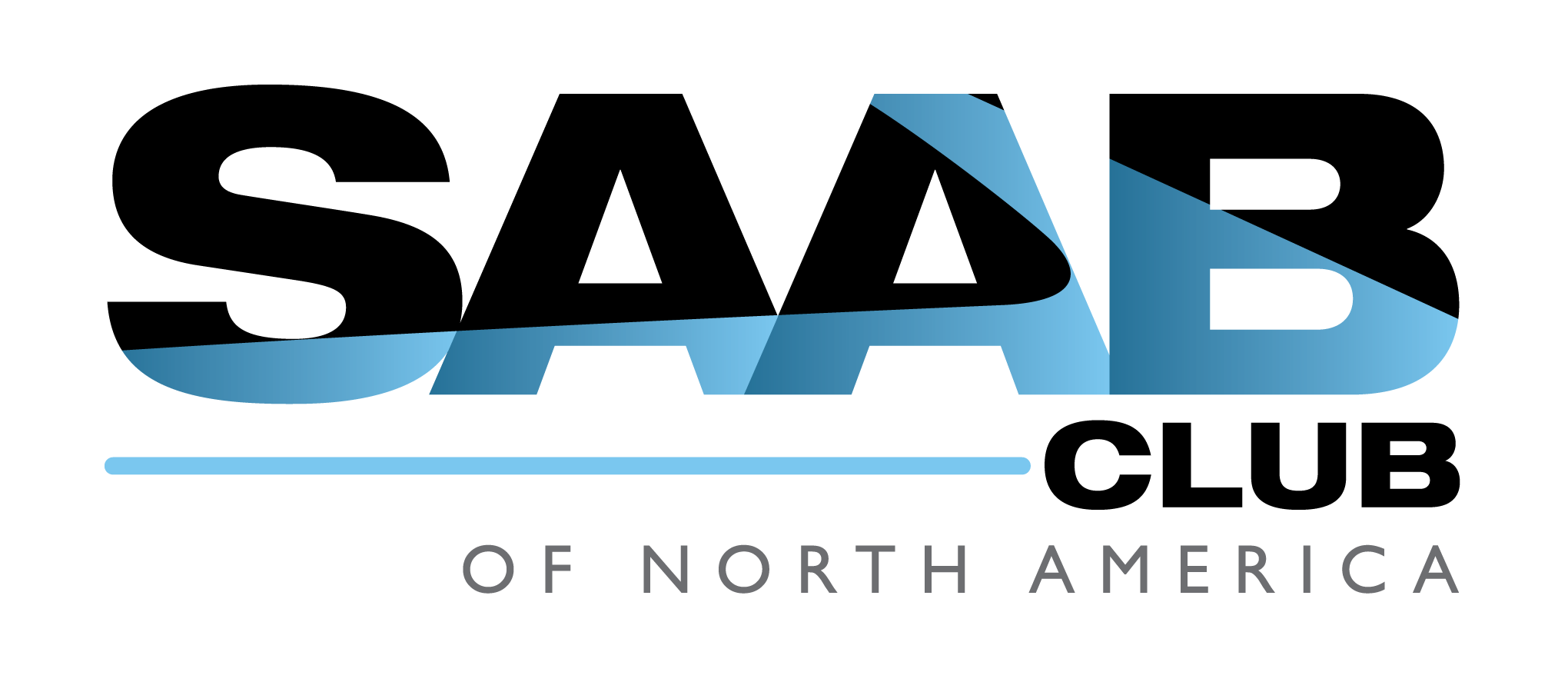P0420
Read the instructions below then
start the fault diagnostic procedure.
Symptom: CHECK ENGINE.
Three Way Catalytic Converter. Malfunction.

Fault symptoms
On-Board Diagnostics
Type of diagnosis:
|
-
|
Once per driving cycle. It is interrupted once fault criteria have been fulfilled or OK has been reported. Restarts next driving cycle.
|
Enable criteria:
(Conditions that must be fulfilled for diagnostics to be performed.)
|
-
|
Global conditions for this diagnostic trouble code: When starting the engine, the atmospheric pressure must exceed 78 kPa and the temperature of the coolant and the intake air must exceed -7°C.
|
|
-
|
Ignition of catalyst: Engine running. Mass air flow has exceeded 5 g/s (auto. 7 g/s) for an accumulated time of 120s. Mass air flow has exceeded 20 g/s for an accumulated time of 18s. No engine braking with fuel cut-off for longer than 10s. No idling duration longer than 40s.
Evaluation of catalyst: More than 200s since start. Coolant temperature above 70°C. Speed 40-115 km/h. Accelerator pedal depressed. Engine speed 1270-2540 rpm (auto. 1200-2100 rpm). Engine load 140-350 mg/c. Voltage changes for oxygen sensor 2 are corrected with respect to load and engine speed and accumulated during acceptable voltage periods for oxygen sensor 1*). Once voltage changes have been corrected and accumulated during a period of 20s, their mean value is calculated.
*) Acceptable periods have a pulse ratio (+trigger) of 30-80 %.
|
Fault criteria:
(When enable criteria have been fulfilled, diagnostics will check if the fault criteria have been fulfilled.)
|
-
|
Mean value of voltage changes exceeding a calibrated value.
|
Dependents:
(Once fault criteria have been fulfilled, a number of other diagnostics must report OK before the diagnostic trouble code can finally be generated.)
|
-
|
P0100, P0102, P0103, P0116, P0117, P0118, P0131, P0132, P0134, P0138, P0140, P0336, P0337, P0501, P0502, All throttle faults.
|
System reaction to a fault:
(Once the fault criteria have been fulfilled, certain measures will sometimes be taken.)
OK report:
(This diagnosis may be included as a dependent to another diagnosis and must therefore report OK even if it is continuous. The OK report is also used in fault handling to count down the fault counter.)
|
-
|
Diagnosis performed once and fault criteria not fulfilled.
|
Fault handling:
(Refer to section “Fault diagnosis, general” for more information.)
Diagnostic help
The capacity of the catalyst can be reduced temporarily or permanently for the following reasons:
|
•
|
Leaded or sulphurous fuel.
|
Diagnostic tool functions related to this fault:
|
•
|
Diagnostic status for the diagnosis.
|
Refer also to the description of readings under ”Fault diagnosis, general” for more information



